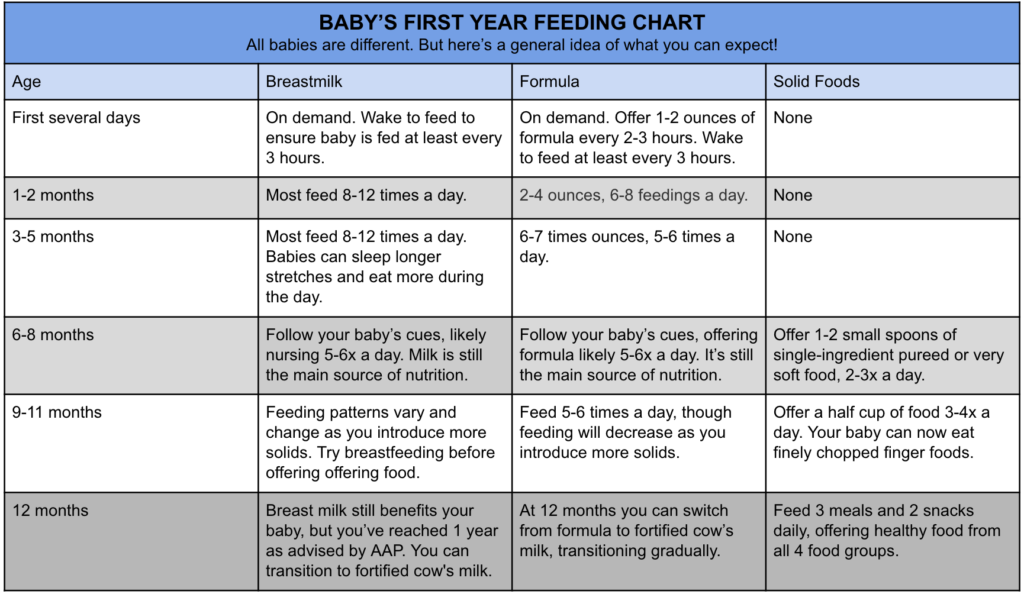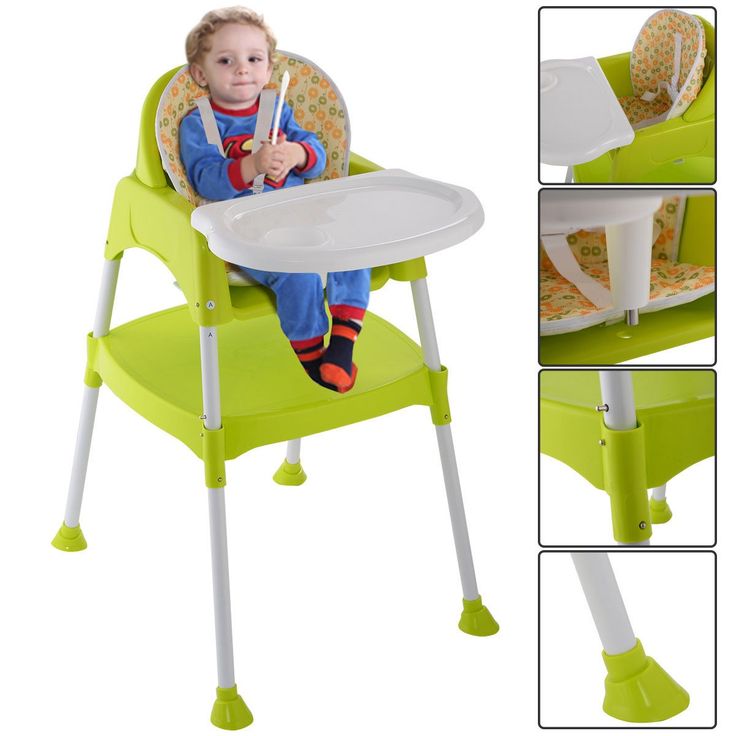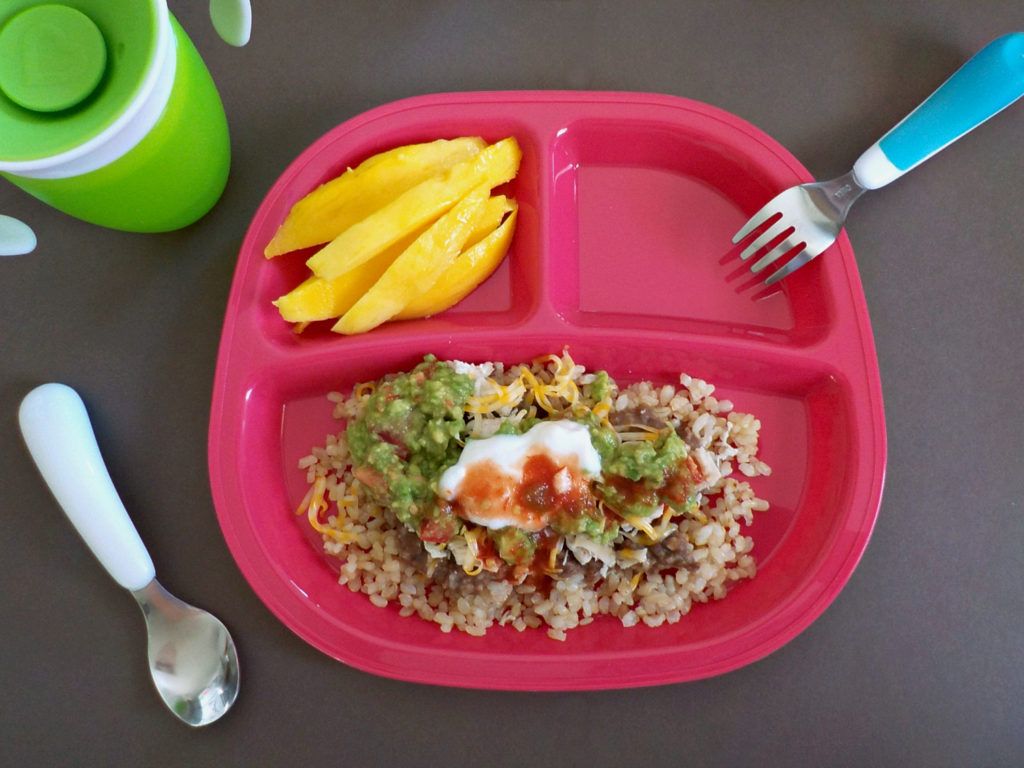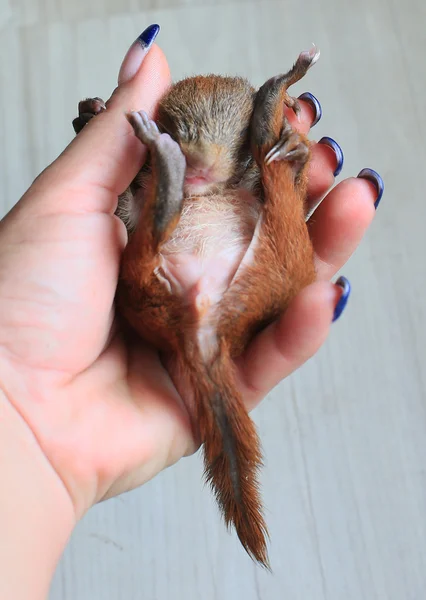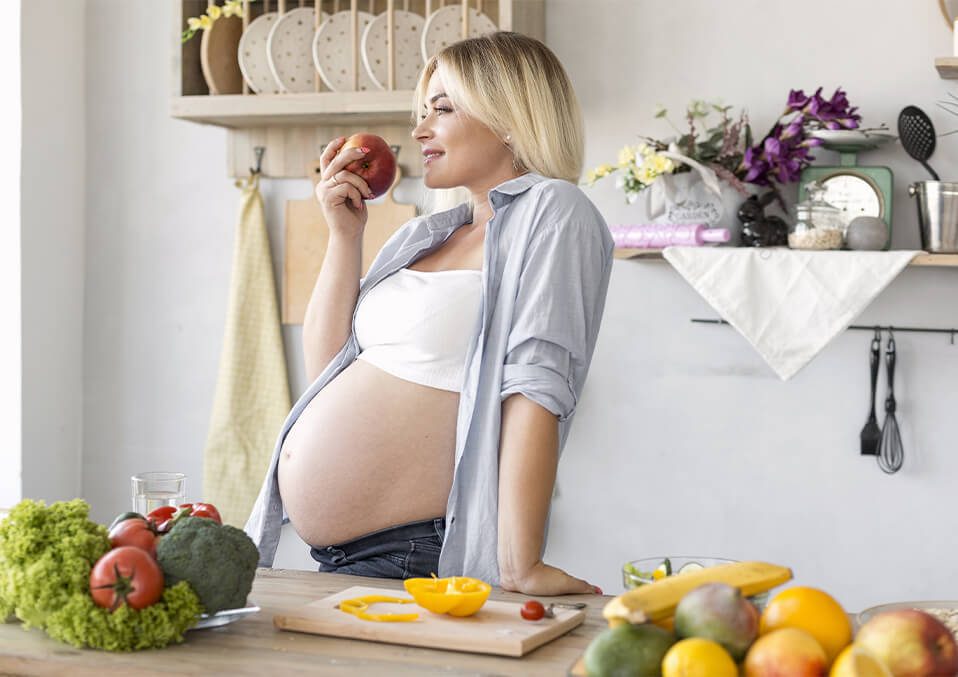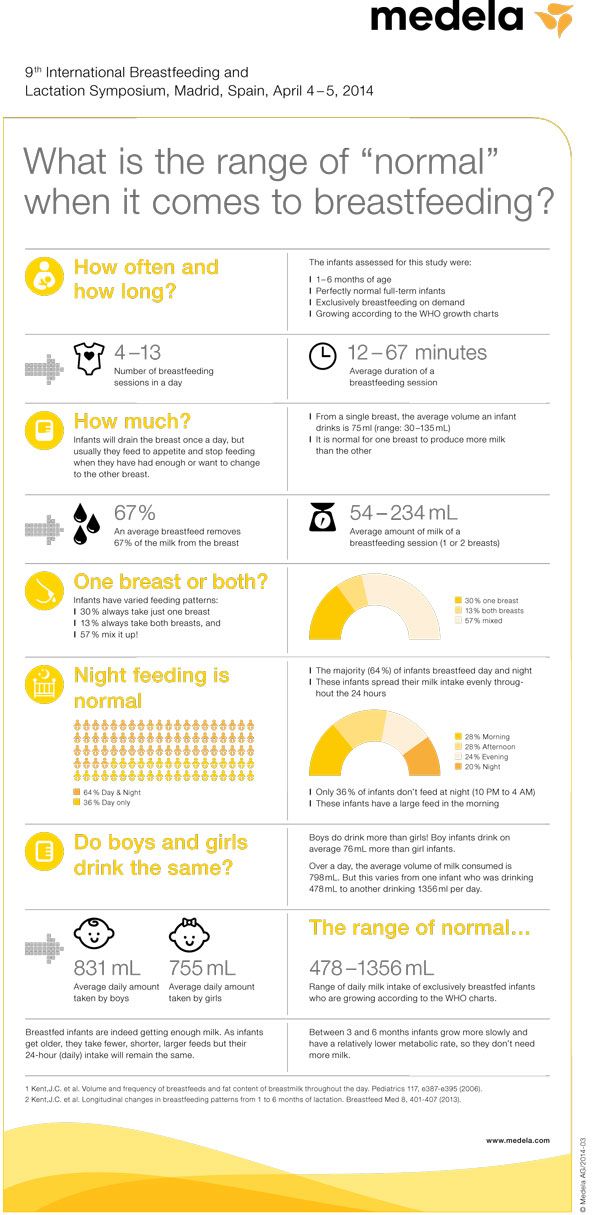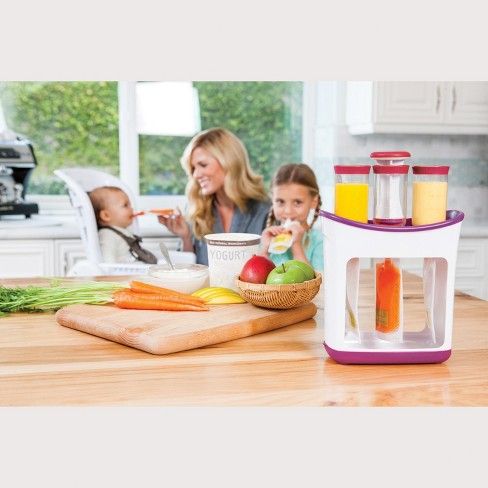Potato ricer and baby food strainer
An Easy Quick Start Guide to Making Homemade Baby Food from Wholesome Baby Food , All the bare bones information you need to know about homemade baby food
Feeding your baby homemade baby food is simple and is also an incredibly inexpensive, cost effective way to begin introducing solid foods and create healthy eating habits.
By making your baby fresh homemade baby food, you can offer your baby more flavors and variety and only the finest quality ingredients. Save money and food waste by offering your baby the foods that the whole family eats!
Tips for Safe Baby Food Preparation:
Always wash your hands before preparing foods for your baby.
Ensure your cutting board, utensils, pots and pans, processing equipment and storage containers have been thoroughly washed and cleansed.
Wash, peel and pit fruits and vegetables as needed.
Cover and refrigerate or freeze cooked food immediately once you have processed or prepared the food.
Store pureed foods in the refrigerator for no more than three days.
The Tools You Will Need
Blender, Food Processor, Food Mill/Grinder, Potato Masher, Fork, Sieve or Strainer
Vegetable Peeler
Pots, Pans and a Steamer Basket
Ice cube trays or other freezer safe containers in small sizes (2oz-4oz)
Freezer bags and permanent marker
Various Methods for Making Baby Food
Here are a few ways you can make homemade baby food.
Mash It!
Many foods can be mashed with a fork or potato masher. Foods such as ripe bananas, avocados and soft cooked foods such as sweet potato, apples or squash can all be made with a fork or potato masher. Using a fork or masher will depend on what type of texture your baby requires.
Use a Food Mill
Cut the food into pieces. Put the cooked food through the food mill. (The skin and seeds will stay in the mill.)
Chop or Grate Baby’s Food
Foods can be finely chopped or grated (with a cheese grater), then mixed with liquid. This is great for babies who are self-feeding.
This is great for babies who are self-feeding.
Food Grinder
A food grinder can be used to grind up foods for your baby. This is a simple way to prepare meats and more textured foods. The food grinder is also great to take on vacation or when dining out with baby. You can quickly and easily grind up fresh baby food in your hotel or at the restaurant.
Blender or Food Processor
Add your cooked food to your blender or food processor and blend to the consistency your baby requires. If needed, add liquids such as breast milk, formula, water or the cooking water from the food you cooked to thin out the baby food.
Sieve or Strainer to Finish Homemade Baby Food
Many parents like to use a sieve or strainer to further thin homemade baby food. These gadgets may be particularly useful for foods that have stubborn skins, such as peas and green beans. Put the food into the sieve or strainer and push it through into a clean bowl. Repeat the process as many times as you need.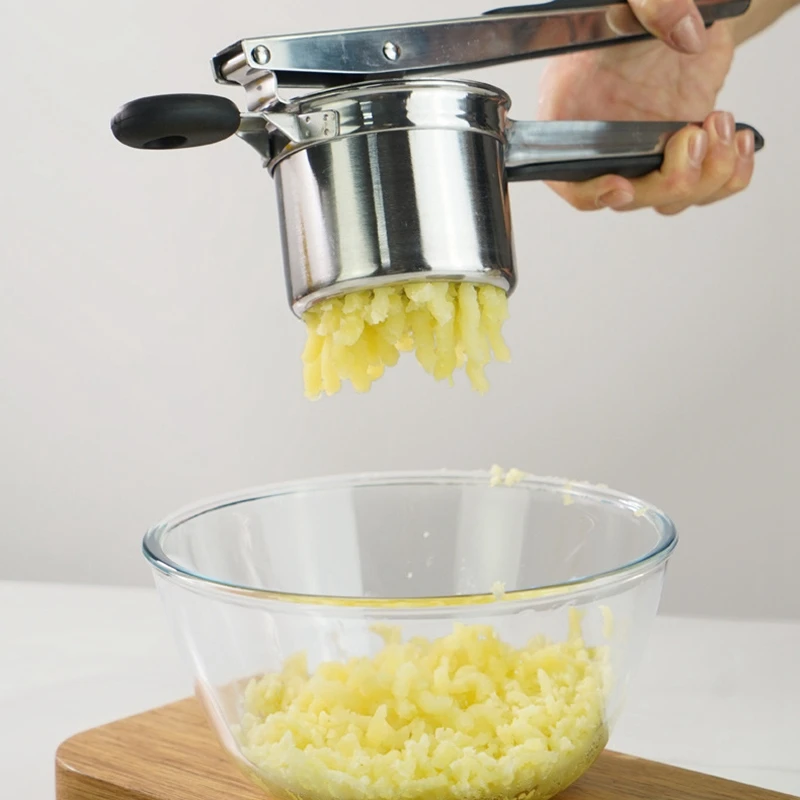
Storage Methods for Homemade Baby Food
An easy way to freeze homemade baby food is to use ice cube trays.
Freezing in ice trays will give you food cubes that are the perfect size. These food cubes are also easily portioned.
Each ice tray cube slot equals approximately 1 ounce of food. Using the food cubes method, you will have minimal waste and will be able to “mix and match” foods for your baby. Remember to never freeze foods in glass that is not manufactured specifically for freezing!
How to make and store baby food cubes
Spoon the baby food you made into ice cube trays using a clean utensil and cover the filled trays with plastic wrap.
Freeze baby foods in ice cube trays.
Once the food cubes are frozen, pop them out of the trays and store in clean freezer bags.
Your food cubes will store for up to 3 months in the freezer.
If you have difficulty popping out the frozen food cubes, simply run warm water on the underside of the tray to loosen the cubes.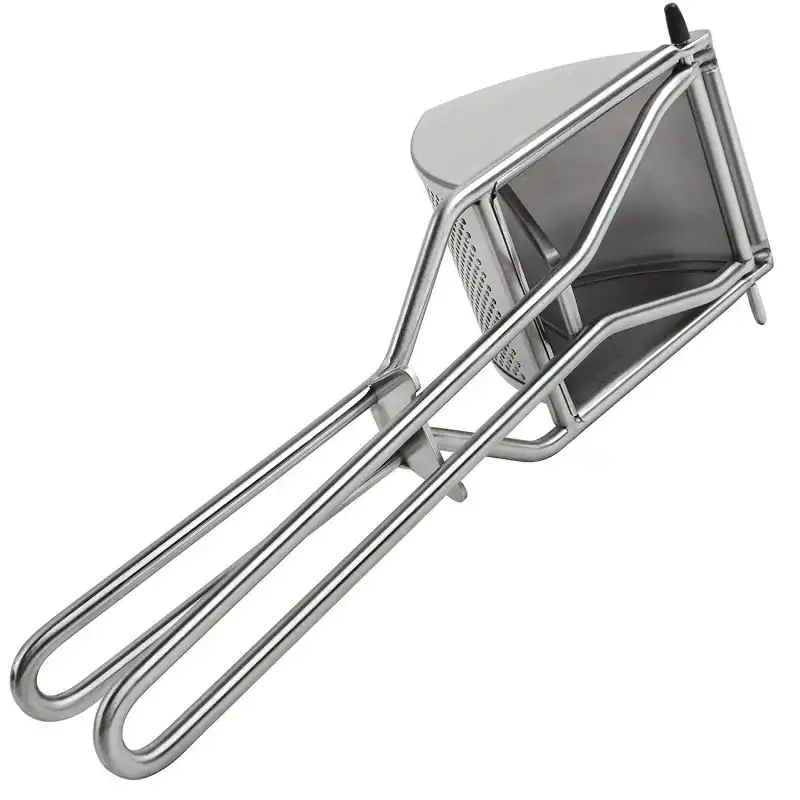
Be sure to label your freezer bags of food cubes; include the date you froze them as well as the name of the food.
Heating and Thawing Methods for Homemade Baby Food
Here are a few ways you may thaw and heat homemade baby food. Baby food does not always have to be heated to be served. Offering your baby a few meals that are room temperature will be helpful in the event you are out and unable to find somewhere to heat baby’s food!
Microwave Thawing of Baby Food Purées – If you are using a microwave to thaw or reheat baby food cubes, be sure to stir food to ensure no hot-pockets are left to burn baby! Many parents do not like to use the microwave for a variety of reasons. It is up to you to decide if heating or thawing your baby food cubes in the microwave is right for you and your baby.
Refrigerator Thawing of Homemade Baby Food Cubes – If you do not wish to use a microwave to thaw your baby food cubes, you may thaw your baby food cubes in the refrigerator over night (ensure that the cubes remain a closed container and not in an uncovered bowl).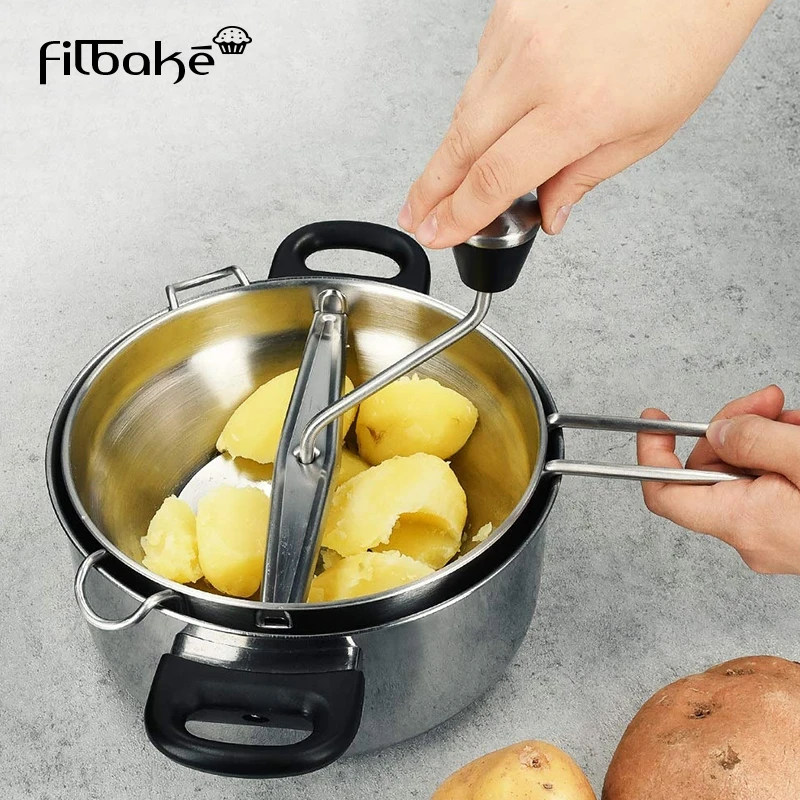
Submersion Thawing of Baby Food Cubes – Place the frozen baby food cubes in a small bowl and then place the bowl in a larger bowl filled with hot water.
Basic Ways to Prepare Foods for Baby Foods
FRUITS (4)6 months +
For Fruits That Need to be Cooked
Wash the fresh fruit and peel and pit if necessary. Frozen fruits do not need to be washed however you may give them a quick rinsing. Steam or bake the fruits until tender and soft.
Ripe Banana and Other Fresh Fruits
Ripe bananas and avocados do not require cooking. Pears and peaches may not require cooking if they are fully ripened. Simply peel, pit and mash!
Using Frozen Fruits
If your choice of fresh fruits is not available, frozen unsweetened fruits may be used. Give these frozen fruits a gentle steaming prior to pureeing and refreezing. You may always take a handful of the fruits out of the bag and puree or mash them as needed; keep these prepared fruits in the refrigerator for no more than 3 days.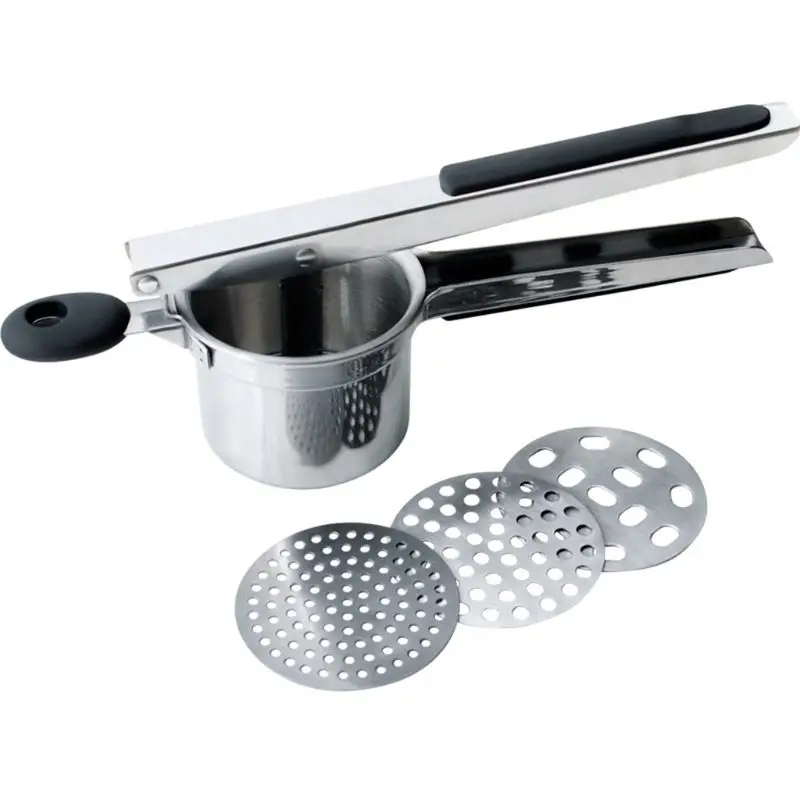
VEGETABLES (4)6 months +
All Vegetables Should be Cooked
Wash the vegetables and peel and deseed if necessary. Cook the vegetables by steaming or baking them.
MEATS AND PROTEINS 8 months+
Do not use lunch meats and do not use smoked meats such as bacon due to the high levels of salt and additives.
Basic Meat Recipe
Puree or grind 1 cup finely cubed and well cooked meat with as much liquid as needed to make a consistency your baby will tolerate. Grating or shredding meats is an option for babies used to texture and finger foods.
Egg Yolk
Boil the eggs (they will spin when they are fully cooked) and then allow to cool. Peel the shells and remove the cooked yolk; mash with a fork. Do not serve the egg white until baby is 12 months old.
Download this Quick Start Guide – FREE
Remember, always consult with your pediatrician regarding introducing solid foods to your baby and specifically discuss any foods that may pose allergy risks for your baby.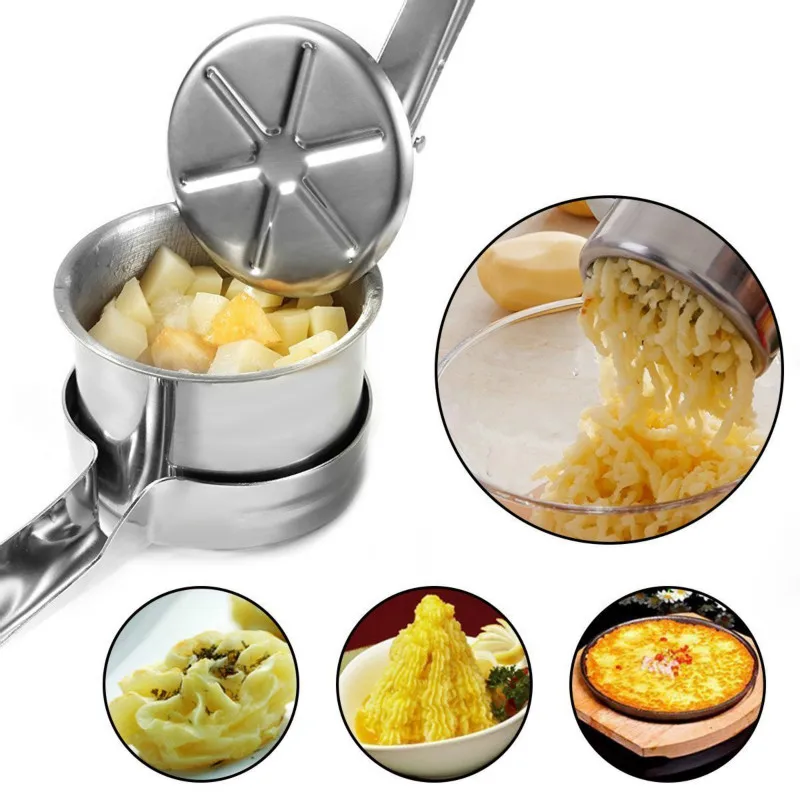
This site complies with the HONcode standard for trustworthy health information:
verify here.
SHARE ON FACEBOOK SHARE ON PINTEREST
UberChef Bellemain Potato Ricer Set with 3 Ricing Discs (Fine, Medium
Roll over image to zoom in
Save 0
Share this product
- MULTIPLE DISCS: Unlike most ricers, UberChef went the extra mile to ensure all of your meal preparation needs were met by including three discs, fine, medium, and coarse, for variable fineness & removable discs makes for an easy cleanup!
- QUALITY MASHED POTATOES: Tired of spending hours on your potatoes just to get lumps & inconsistent quality? With the UberChef Potato Ricer/Masher, you'll spend less time preparing, and more time taking the credit for a delicious, high quality meal.
- PERFECT FOR ALL DISHES...EVEN BABY FOOD: Not only does the UberChef Ricer enable you to make restaurant-quality meals, it's also absolutely perfect for preparing your infant's and toddler's food.
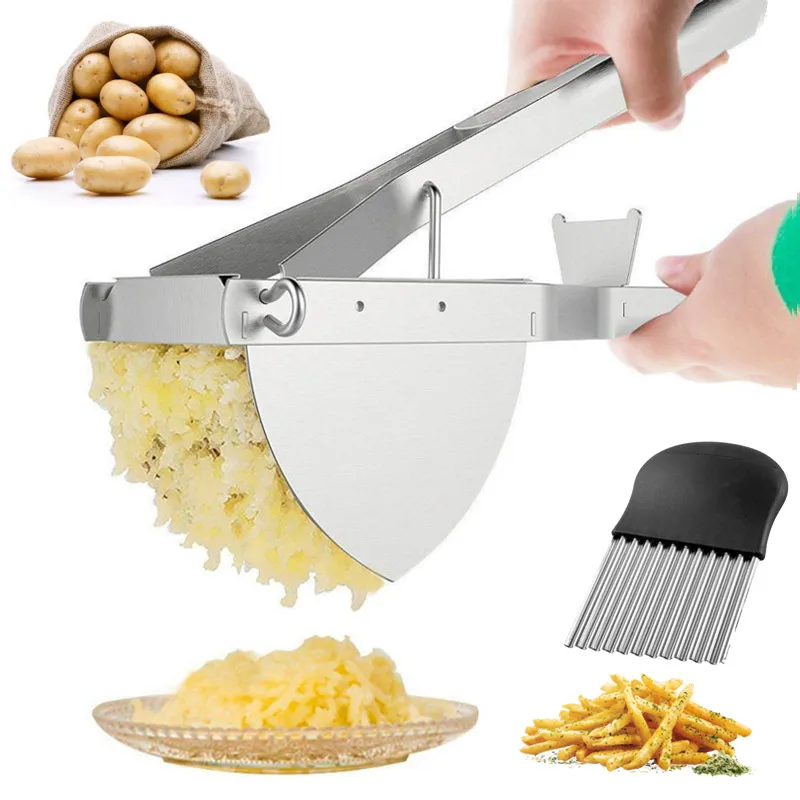 For harder vegetables and fruits, simply warm or boil first. For softer fruits and veggies, peel, if necessary, and place in the large mashing chamber and compress into a bowl.
For harder vegetables and fruits, simply warm or boil first. For softer fruits and veggies, peel, if necessary, and place in the large mashing chamber and compress into a bowl. - STAINLESS STEEL & DISHWASHER SAFE: The Ricer itself has a huge mashing chamber, suitable for all sorts of fruits and vegetables. Sturdy culinary-grade 18/10 stainless steel gives it a beautiful luster and we've topped it off with three stainless steel ricking discs and a super comfortable grip.
- MANUFACTURER WARRANTY: If for any reason you aren't happy with your ricer, you can simply return it for a 100% money back guarantee of a replacement, thats how confident we are in our product!
- 3 Ricing Discs (Fine, Medium, Coarse)
Your payment information is processed securely. We do not store credit card details nor have access to your credit card information.
Country
United States---AfghanistanÅland IslandsAlbaniaAlgeriaAndorraAngolaAnguillaAntigua & BarbudaArgentinaArmeniaArubaAscension IslandAustraliaAustriaAzerbaijanBahamasBahrainBangladeshBarbadosBelarusBelgiumBelizeBeninBermudaBhutanBoliviaBosnia & HerzegovinaBotswanaBrazilBritish Indian Ocean TerritoryBritish Virgin IslandsBruneiBulgariaBurkina FasoBurundiCambodiaCameroonCanadaCape VerdeCaribbean NetherlandsCayman IslandsCentral African RepublicChadChileChinaChristmas IslandCocos (Keeling) IslandsColombiaComorosCongo - BrazzavilleCongo - KinshasaCook IslandsCosta RicaCroatiaCuraçaoCyprusCzechiaCôte d’IvoireDenmarkDjiboutiDominicaDominican RepublicEcuadorEgyptEl SalvadorEquatorial GuineaEritreaEstoniaEswatiniEthiopiaFalkland IslandsFaroe IslandsFijiFinlandFranceFrench GuianaFrench PolynesiaFrench Southern TerritoriesGabonGambiaGeorgiaGermanyGhanaGibraltarGreeceGreenlandGrenadaGuadeloupeGuatemalaGuernseyGuineaGuinea-BissauGuyanaHaitiHondurasHong Kong SARHungaryIcelandIndiaIndonesiaIraqIrelandIsle of ManIsraelItalyJamaicaJapanJerseyJordanKazakhstanKenyaKiribatiKosovoKuwaitKyrgyzstanLaosLatviaLebanonLesothoLiberiaLibyaLiechtensteinLithuaniaLuxembourgMacao SARMadagascarMalawiMalaysiaMaldivesMaliMaltaMartiniqueMauritaniaMauritiusMayotteMexicoMoldovaMonacoMongoliaMontenegroMontserratMoroccoMozambiqueMyanmar (Burma)NamibiaNauruNepalNetherlandsNew CaledoniaNew ZealandNicaraguaNigerNigeriaNiueNorfolk IslandNorth MacedoniaNorwayOmanPakistanPalestinian TerritoriesPanamaPapua New GuineaParaguayPeruPhilippinesPitcairn IslandsPolandPortugalQatarRéunionRomaniaRussiaRwandaSamoaSan MarinoSão Tomé & PríncipeSaudi ArabiaSenegalSerbiaSeychellesSierra LeoneSingaporeSint MaartenSlovakiaSloveniaSolomon IslandsSomaliaSouth AfricaSouth Georgia & South Sandwich IslandsSouth KoreaSouth SudanSpainSri LankaSt. BarthélemySt. HelenaSt. Kitts & NevisSt. LuciaSt. MartinSt. Pierre & MiquelonSt. Vincent & GrenadinesSudanSurinameSvalbard & Jan MayenSwedenSwitzerlandTaiwanTajikistanTanzaniaThailandTimor-LesteTogoTokelauTongaTrinidad & TobagoTristan da CunhaTunisiaTurkeyTurkmenistanTurks & Caicos IslandsTuvaluU.S. Outlying IslandsUgandaUkraineUnited Arab EmiratesUnited KingdomUnited StatesUruguayUzbekistanVanuatuVatican CityVenezuelaVietnamWallis & FutunaWestern SaharaYemenZambiaZimbabwe
BarthélemySt. HelenaSt. Kitts & NevisSt. LuciaSt. MartinSt. Pierre & MiquelonSt. Vincent & GrenadinesSudanSurinameSvalbard & Jan MayenSwedenSwitzerlandTaiwanTajikistanTanzaniaThailandTimor-LesteTogoTokelauTongaTrinidad & TobagoTristan da CunhaTunisiaTurkeyTurkmenistanTurks & Caicos IslandsTuvaluU.S. Outlying IslandsUgandaUkraineUnited Arab EmiratesUnited KingdomUnited StatesUruguayUzbekistanVanuatuVatican CityVenezuelaVietnamWallis & FutunaWestern SaharaYemenZambiaZimbabwe
Zip code
We have a 30-day return policy, which means you have 30 days after receiving your item to request a return.
To be eligible for a return, your item must be in the same condition that you received it, unworn or unused, with tags, and in its original packaging. You’ll also need the receipt or proof of purchase.
To start a return, you can contact us at [email protected]. If your return is accepted, we’ll send you a return shipping label, as well as instructions on how and where to send your package. Items sent back to us without first requesting a return will not be accepted.
Items sent back to us without first requesting a return will not be accepted.
You can always contact us for any return question at [email protected].
Damages and issues
Please inspect your order upon reception and contact us immediately if the item is defective, damaged or if you receive the wrong item, so that we can evaluate the issue and make it right.
Exceptions / non-returnable items
Certain types of items cannot be returned, like perishable goods (such as food, flowers, or plants), custom products (such as special orders or personalized items), and personal care goods (such as beauty products). We also do not accept returns for hazardous materials, flammable liquids, or gases. Please get in touch if you have questions or concerns about your specific item.
Unfortunately, we cannot accept returns on sale items or gift cards.
Exchanges
The fastest way to ensure you get what you want is to return the item you have, and once the return is accepted, make a separate purchase for the new item.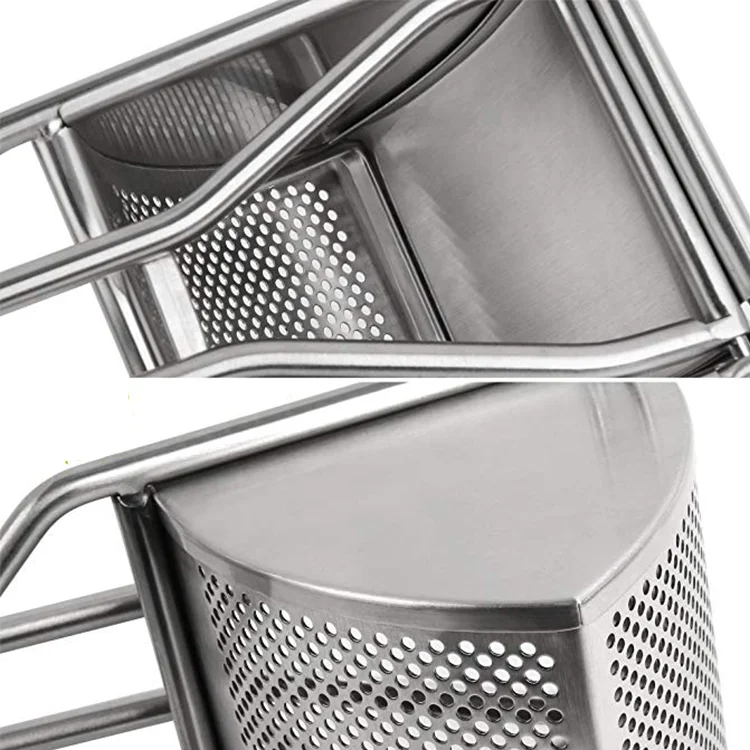
Refunds
We will notify you once we’ve received and inspected your return, and let you know if the refund was approved or not. If approved, you’ll be automatically refunded on your original payment method. Please remember it can take some time for your bank or credit card company to process and post the refund too.
Rice groats
Rice groats must be made from rice that meets the requirements of GOST 6293.
Rice groats, polished, premium and first grade, used for the production of baby food products, are made from rice grown in the fields without the use of pesticides and meeting the requirements of GOST 6293.
Rice groats are divided into types and varieties given in Table. 1.
Table 1.
| Type of cereal | Grain variety | Grain characteristics and processing method |
| Rice polished | Extra | Product obtained by grinding type 1 or type 11 husked rice kernels, consisting of kernels with a rough surface, from which the flower membranes, fruit and seed coats, most of the aleurone layer and germ 9 have been completely removed0005 |
|
| Higher | Product obtained by grinding type III or IV husked rice kernels, consisting of kernels with a rough surface, from which the flower membranes, fruit and seed coats, most of the aleurone layer and the germ have been removed, and having a content of colored kernels not exceeding the standards established by this standard. |
| Rice, crushed, polished | Not divided into classes | A product of processing rice into groats, consisting of split, additionally polished rice kernels, types I, II, III, IV, less than a whole kernel in size, not passed through a sieve with holes with a diameter of 1.5 mm |
Rice groats must meet the requirements and standards specified in Table. 2.
Table 2.
| Indicator name | Characteristics and standards for rice groats | |||||
| Extra grade | premium | first grade | second grade | third grade | crushed | |
| Color | White | White with different shades | ||||
| Smell | Peculiar to rice groats without foreign odors, not musty, not moldy | |||||
| Taste | Peculiar to rice groats, free from off-flavours, not sour, not bitter | |||||
| Number of cores with core length to width ratio of 2, 3 or more, %, not less than | 90 | - | - | - | - | - |
| Humidity, %, no more than | 15. | 15.5 | 15.5 | 15.5 | 15.5 | 15.5 |
| Benign nucleus, %, not less than | 99.7 | 99.7 | 99.4 | 99.1 | 99.0 | 98.2 |
| including: crushed rice, %, not more than | 4.0 | 4.0 | 9.0 | 13.0 | 25.0 | - |
| yellowed rice kernels, %, not more than | Not allowed | 0.5 | 2.0 | 6.0 | 8.0 | - |
| chalky rice kernels, %, not more than | 1.0 | 1.0 | 2.0 | 3.0 | 4.0 | 8.0 |
| kernels with red stripes, %, no more than | Not allowed | 1. | 3.0 | 8.0 | 10.0 | Not limited to |
| red cores, %, no more than | Not allowed | Not allowed | Not allowed | Not allowed | 1.0 | Not limited to |
| glutinous kernels, %, no more than | 0.5 | 1.0 | 2.0 | 2.0 | 3.0 | - |
| shelled grains of prosyanka, %, no more than | - | - | - | - | - | 3.0 |
| Non-husked rice grains, %, not more than | Not allowed | Not allowed | 0.2 | 0.3 | 0.3 | - |
| Weed impurity, %, no more than | 0. | 0.2 | 0.3 | 0.4 | 0.4 | 0.8 |
| including: mineral admixture | 0.05 | 0.05 | 0.05 | 0.05 | 0.05 | 0.10 |
| organic impurity | Not allowed | Not allowed | 0.05 | 0.05 | 0.05 | 0.05 |
| Infestation by pests of grain stocks | Not allowed | |||||
| Contamination with dead pests of grain stocks: dead beetles, ind. in 1 kg, no more than | Not allowed | Not allowed | 15 | 15 | 15 | 15 |
| Metal-magnetic impurity, mg in 1 kg, not more than | 3 | 3 | 3 | 3 | 3 | 3 |
Humidity of rice groats for early delivery and for storage beyond the terms established by GOST 26791 should be no more than 14. 0%.
0%.
The size of individual particles of a metal-magnetic impurity in the largest linear dimension must not exceed 0.3 mm, and the mass of its individual particles must not exceed 0.4 mg.
Nutritional value and chemical composition of rice groats.
Nutritional value:
- Calories: 333 (kcal)
- Proteins: 7 (g)
- Fat: 1 (g)
- Carbs: 74 (g)
- Dietary fiber: 3 (g)
- Water: 14 (g)
- Mono- and disaccharides: 0.7 (g)
- Starch: 72.9 (g)
- Ash: 0.7 (g)
- Saturated fatty acids: 0.3 (g)
Composition:
- Vitamin PP: 1.6 (mg)
- Vitamin B1 (thiamine): 0.08 (mg)
- Vitamin B2 (riboflavin): 0.04 (mg)
- Vitamin B3 (pantothenic): 0.4 (mg)
- Vitamin B6 (pyridoxine): 0.2 (mg)
- Vitamin B9 (folic): 19 (mcg)
- Vitamin E (TE): 0.
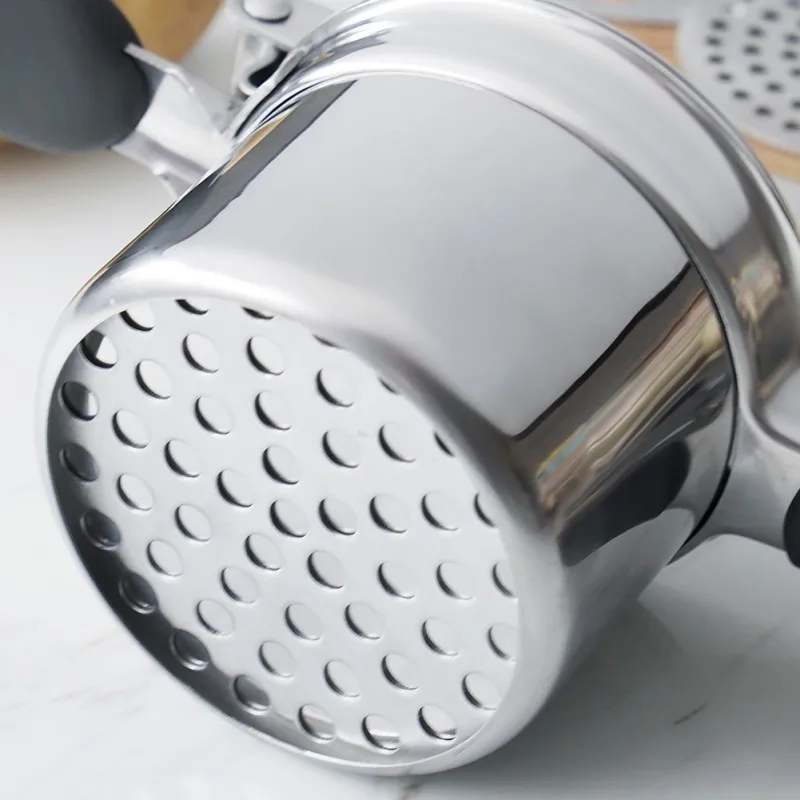 4 (mg)
4 (mg) - Vitamin H (biotin): 3.5 (mcg)
- Vitamin PP (Niacin equivalent): 3.3 (mg)
- Choline: 78 (mg)
Macronutrients:
- Calcium: 8 (mg)
- Magnesium: 50 (mg)
- Sodium: 12 (mg)
- Potassium: 100 (mg)
- Phosphorus: 150 (mg)
- Chlorine: 25 (mg)
- Sulfur: 46 (mg)
Trace elements:
- Iron: 1 (mg)
- Zinc: 1.42 (mg)
- Iodine: 1.4 (mcg)
- Copper: 250 (µg)
- Manganese: 1.25 (mg)
- Selenium: 15.1 (mcg)
- Chromium: 1.7 (mcg)
- Fluorine: 50 (mcg)
- Molybdenum: 3.4 (mcg)
- Boron: 120 (mcg)
- Silicon: 100 (mg)
- Cobalt: 1 (µg)
- Nickel: 2.7 (µg)
GOST R 50438-92 Determination of the release of peeling and polished rice
GOST R 50438-92
(ISO 6646-84)
Group C19
State Standard of the Russian Federation
Determination of the release and polished rice
Rice.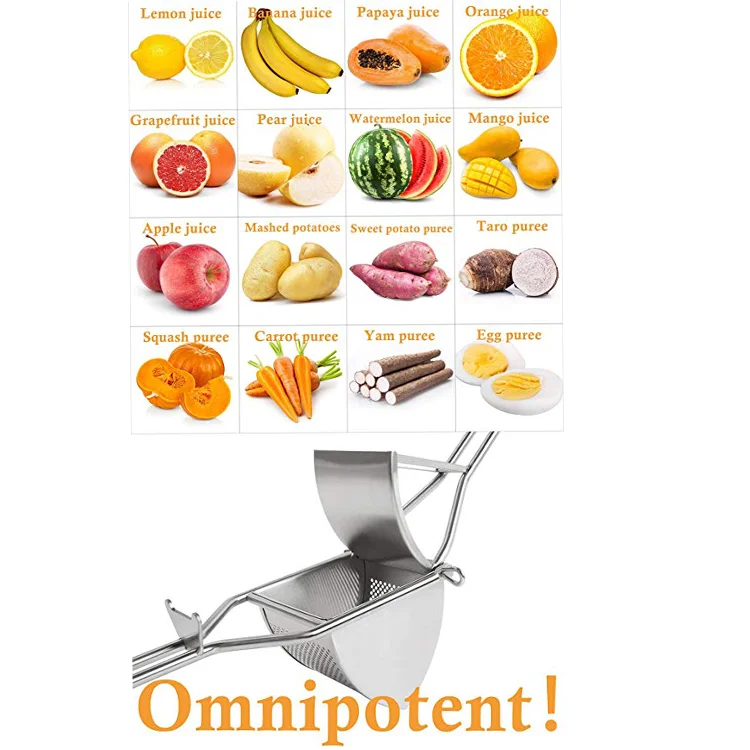 Determination of the yield of nusked rice and milled rice
Determination of the yield of nusked rice and milled rice
OKSTU 9297
Introduction date 1993-10-01
INFORMATION DATA
1. PREPARED AND INTRODUCED by the Technical Committee for Standardization TC 2 "Grain, its products and oilseeds"
direct application of the international standard ISO 6646-84 "Figure. Determination of the yield of husked and processed rice" and fully complies with it
3. Verification period - 1998
The frequency of the audit - 5 years
4. Introduced for the first time
5. Reference normative and technical documents
| The designation of the NTD, which refers to | section number, paragraph |
| GOST 29143-91 | 2; 7.1 |
| GOST R 50436-92 | 2; 6 |
0.
 INTRODUCTION
INTRODUCTION 0. INTRODUCTION
The method described in this standard does not provide precise information for assessing the degree of rice processing. Such assessments are visually performed by specially trained specialists.
Several methods of directly or indirectly measuring the degree of rice processing have been studied in various countries, but none of them is completely satisfactory.
For this reason, this International Standard should only be used for the control of rice crops until there is sufficient evidence that good reproducibility of results can be achieved.
1. PURPOSE AND SCOPE
This International Standard specifies a laboratory method for husking and polishing rice to predict the commercial yield of husked rice from paddy rice and husked rice from paddy or husked rice.
This method is mainly used for crop control purposes (see Section 0).
2. REFERENCES
GOST 29143 Grain and grain products. Determination of humidity (working control method).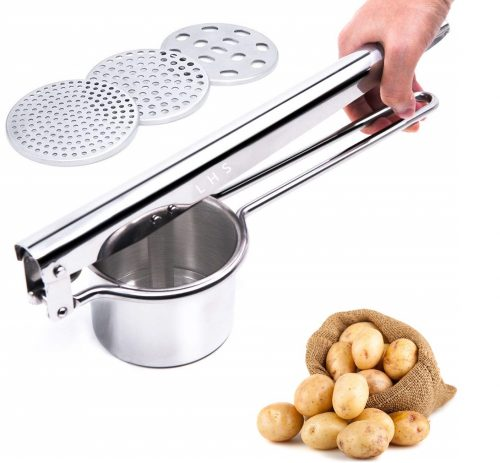
GOST R 50436 Cereals. Grain sampling.
3. DEFINITIONS
3.1. Raw rice (paddy) - rice that has retained its lemmas after threshing.
3.2. Husked rice; Kargou Rice - Paddy rice with only the lemma removed.
3.3. Polished rice - glutinous or non-glutinous rice obtained after grinding, which involves the removal of all or part of the pericarp and germ from the husked rice.
3.4. Large broken grain of rice - particles of grain, the length of which is less than but more than half the length of the whole grain.
3.5. Medium broken grain of rice - particles of grain, the length of which is less than or equal to half, but more than the length of the whole grain.
3.6. Fine broken rice grain - grain particles, the length of which is less than or equal to the length of the whole grain and more than the size limit, which varies depending on the type of rice, which does not pass through a metal sieve with round holes with a diameter of 1.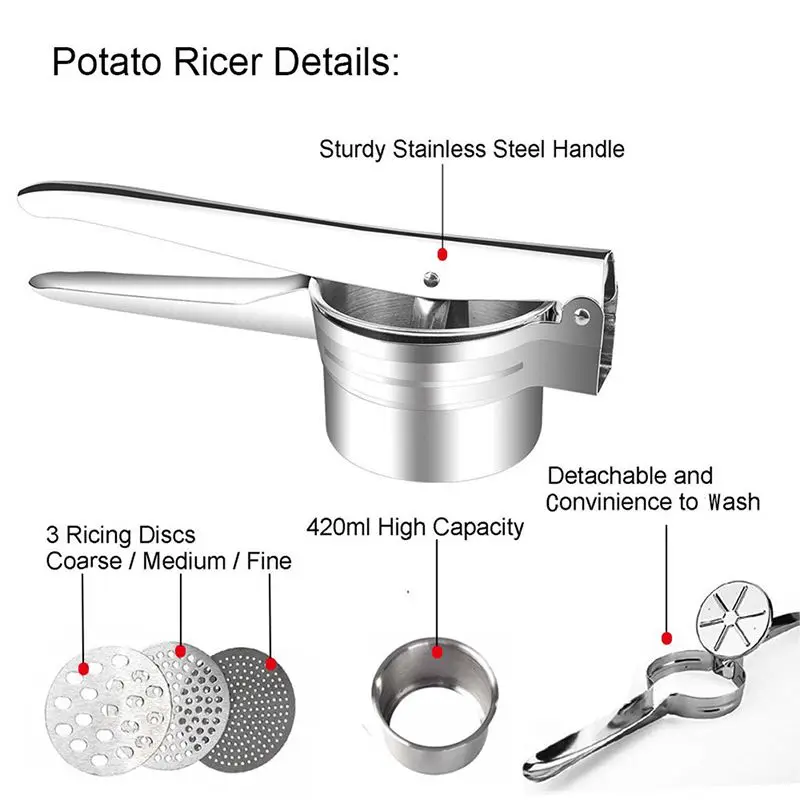 4 mm.
4 mm.
3.7. The smallest particles; chips - particles of grain that pass through a metal sieve with round holes with a diameter of 1.4 mm.
4. ESSENCE OF THE METHOD
4.1. Determination of yield of husked rice
Removal of hulls from paddy rice by mechanical means and weighing of the resulting husked rice.
4.2. Determination of the yield of polished rice
Removal of lemma and pericarp from paddy rice or polishing of husked rice and weighing the resulting whole polished rice and coarse, medium and small broken polished rice.
5. EQUIPMENT
Laboratory device for mechanical caving (peeling) and grinding; laboratory device for husking and peeling rice.
These operations can be carried out in one or two steps by industrial methods, using a controlled air flow to separate lemmas and fine particles.
6. SAMPLING
Sampling is carried out in accordance with GOST R 50436.
7. PROCEDURE
7.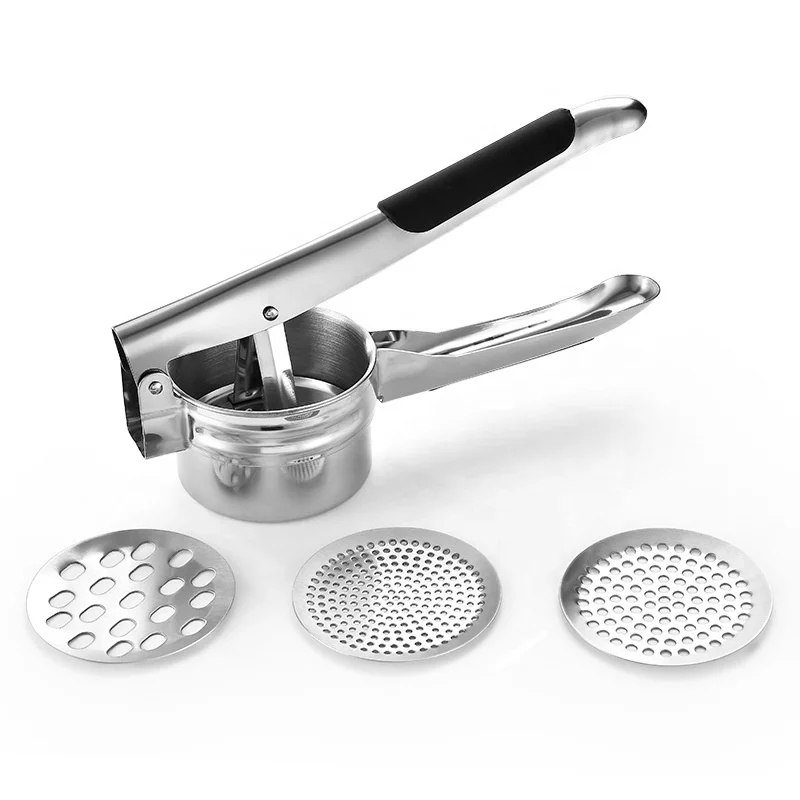 1. Determination of moisture content
1. Determination of moisture content
Moisture content in rice is determined according to GOST 29143. For analysis, the moisture content in the grain must be (14±1)%.
If the moisture content in rice exceeds 15%, then the sample is dried in a laboratory (for example, at an air temperature of 20-25 ° C and a relative humidity of 40-70%) or in an oven at a temperature of 40 ° C until the grain reaches the moisture content ( 14±1)%. To do this, use the following method.
Place (300 ± 0.1) g of a grain sample of the specified moisture content in a 1-2 cm layer in a vessel.0005
,
where is the mass of the sample to be dried;
- moisture content in the sample;
- desired moisture content after drying (i.e. 14%).
Weight loss must be monitored continuously. The drying process should be stopped when the observed grain mass loss is ±3 g of the calculated value.
7.2. Determination of yield of husked rice
Weigh, to the nearest 0.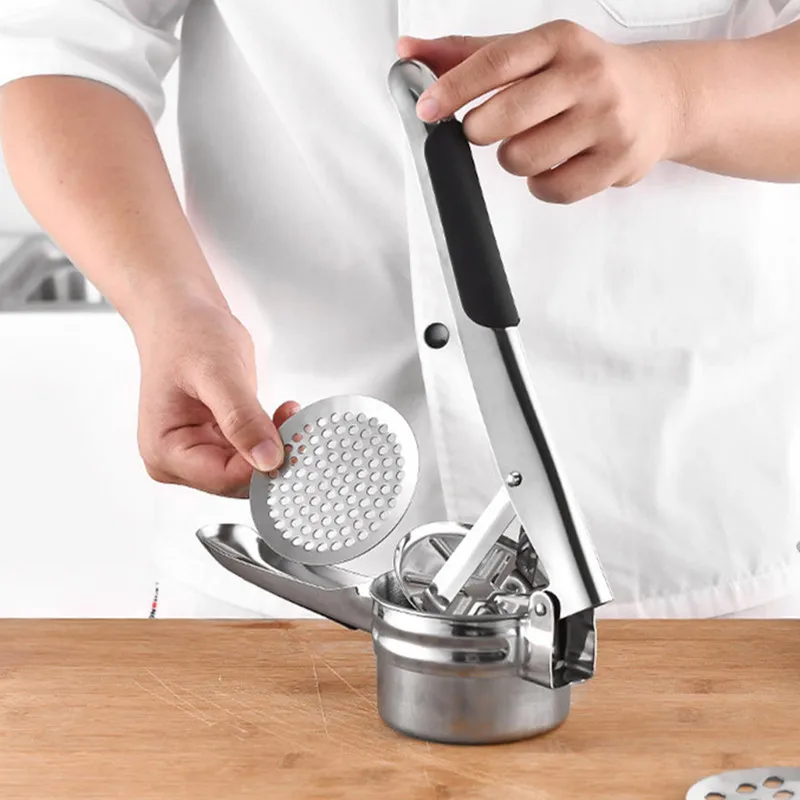 1 g, about 100 g of laboratory sample of paddy rice and place in a previously cleaned mechanical device.
1 g, about 100 g of laboratory sample of paddy rice and place in a previously cleaned mechanical device.
Separate the husked rice from the husked husks remaining in the device and weigh the resulting husked rice.
7.3. Determination of the yield of polished rice
Weigh, to the nearest 0.1 g, about 100 g of laboratory sample paddy in a mechanical device. Adjust the airflow to remove only lemmas and fine particles. Set the gap between the abrasive surfaces according to the type of rice so that 100 g of husked rice can be polished in the set time (1-2 minutes).
Work the sample in one or two passes, according to the type of device used, until about 90% of the grains are completely ground, and the remaining 10% retain the pericarp on only half of the surface of the grain.
When hulling and grinding is completed, remove all the resulting products and weigh separately the whole polished rice, coarse, medium and fine polished broken rice.
8. PROCESSING THE RESULTS
8.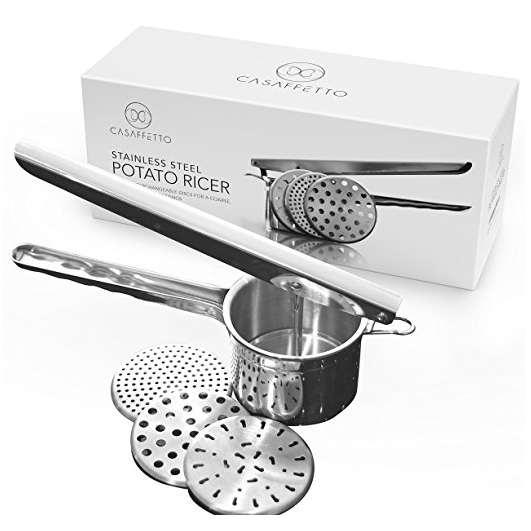

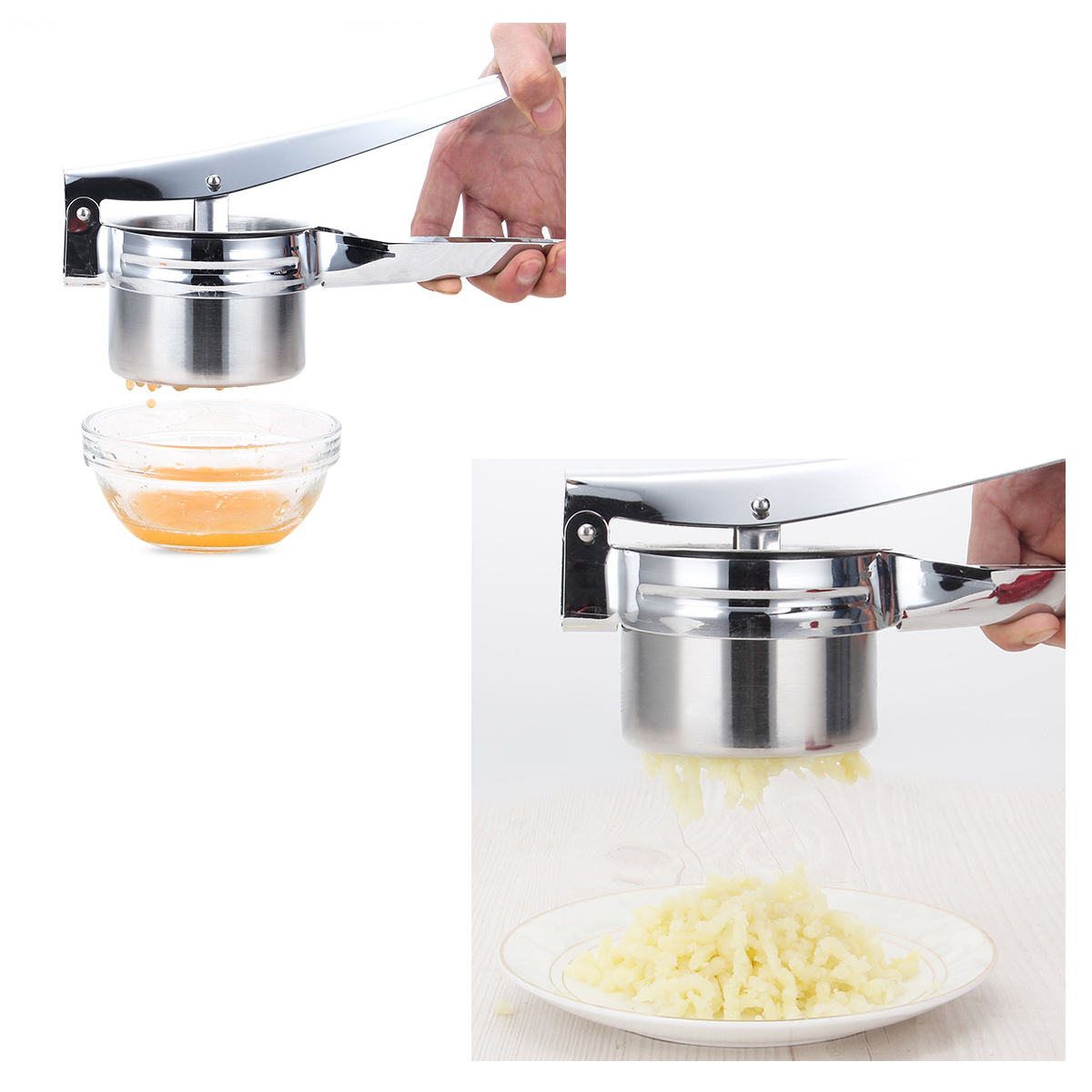 As well as a product obtained by grinding hulled rice grains of type 1 or 11, which did not pass in quality as grade Extra
As well as a product obtained by grinding hulled rice grains of type 1 or 11, which did not pass in quality as grade Extra 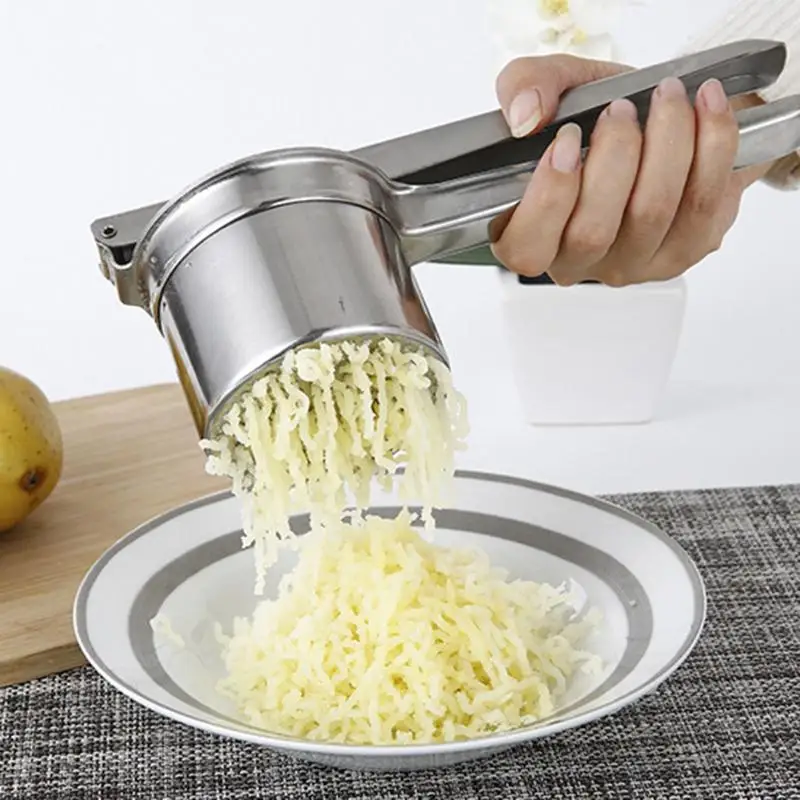 5
5 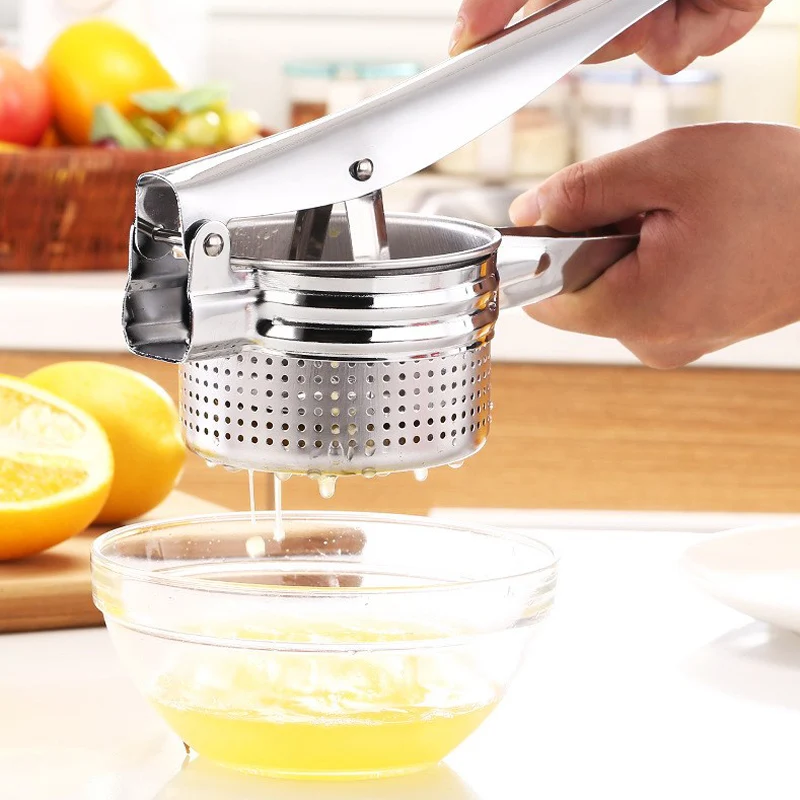 0
0  2
2 
